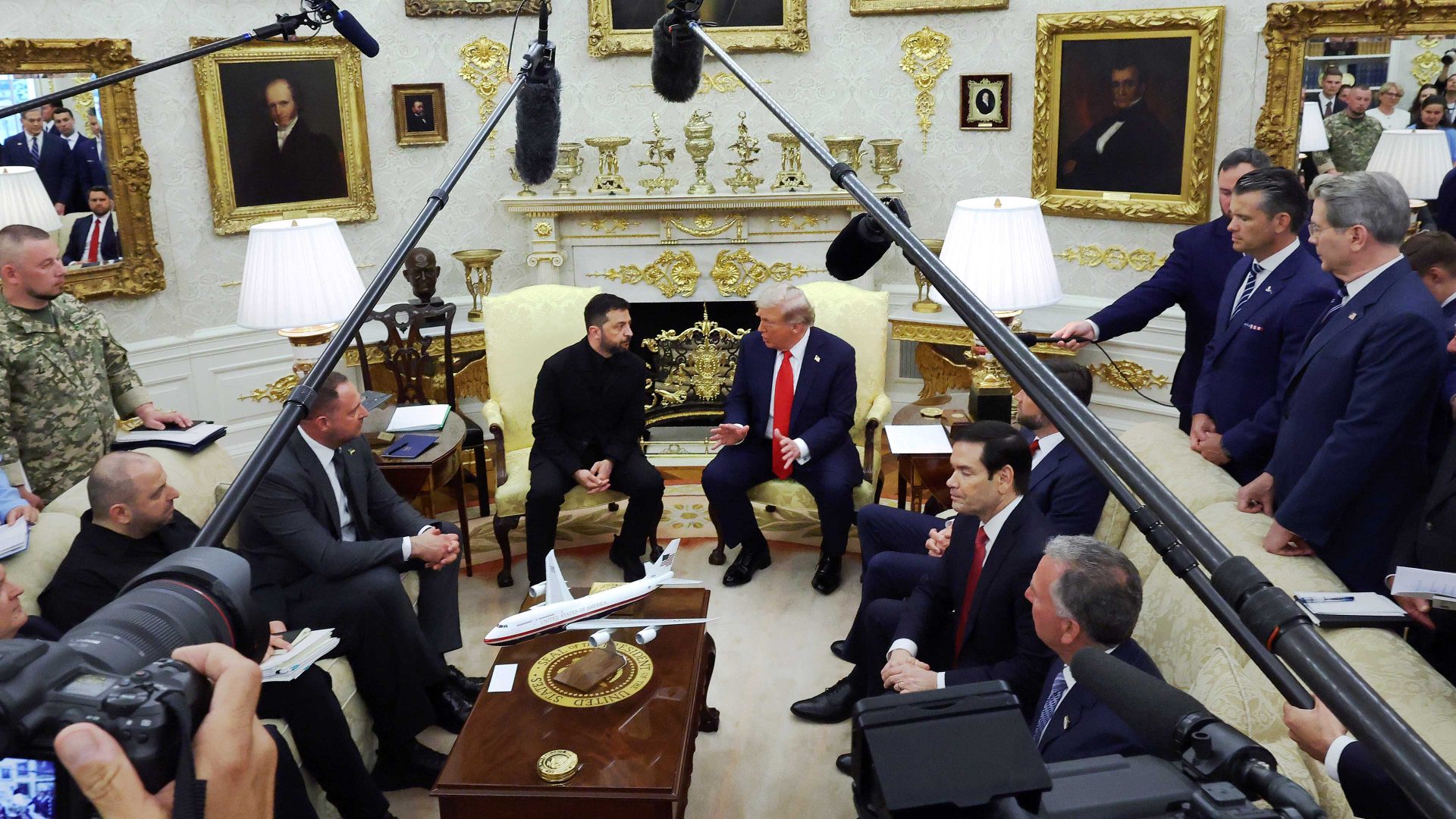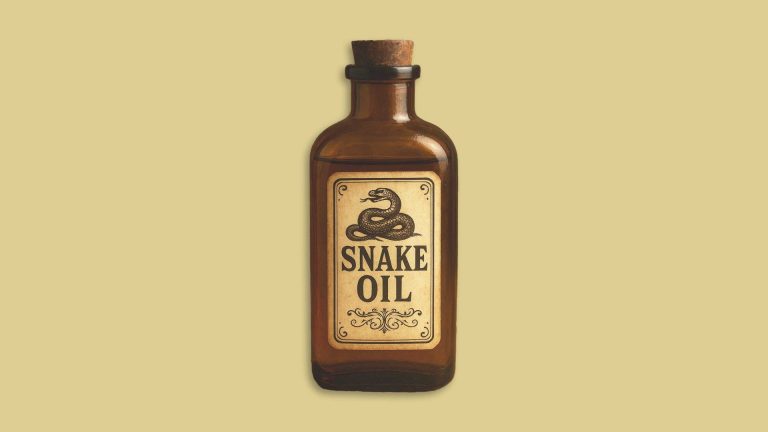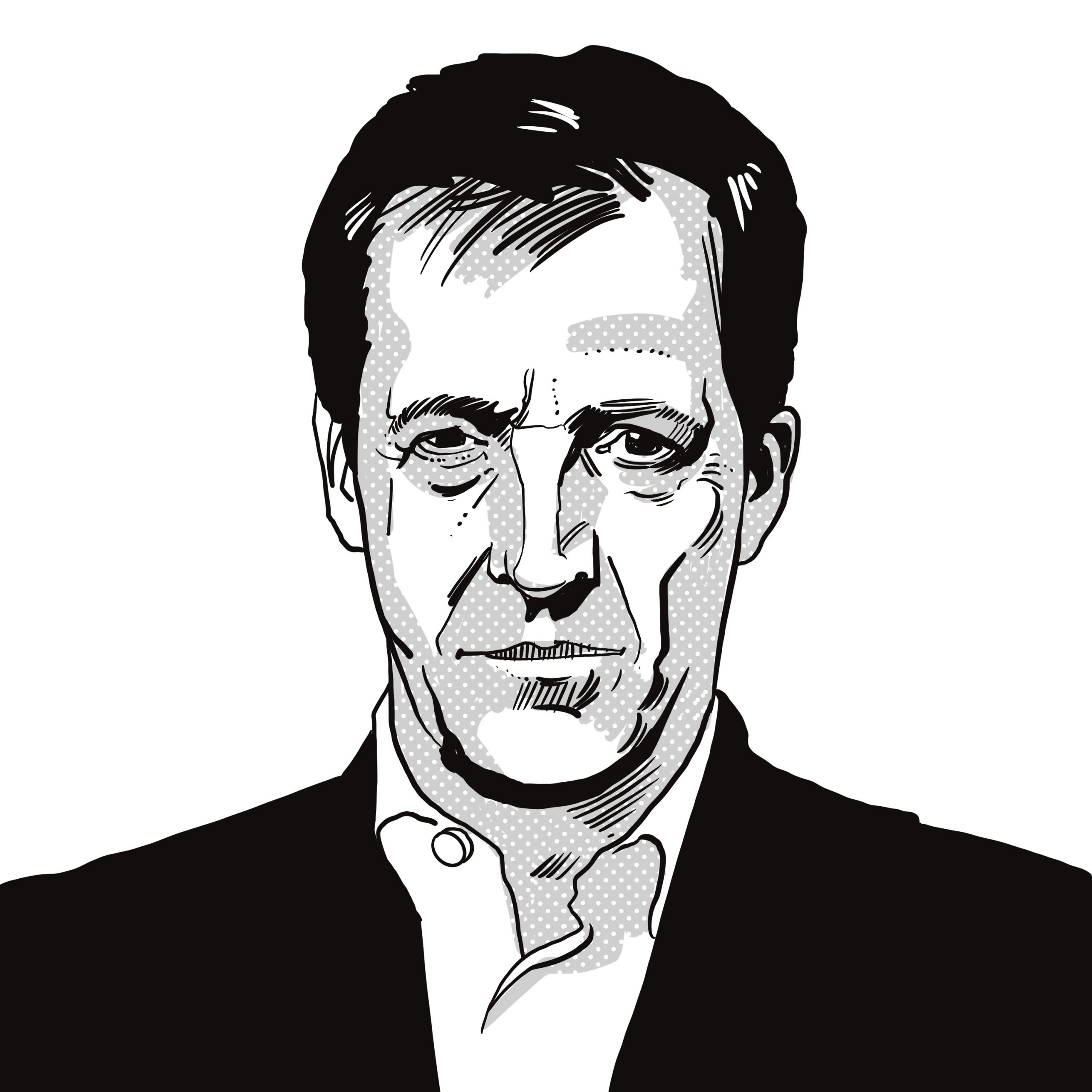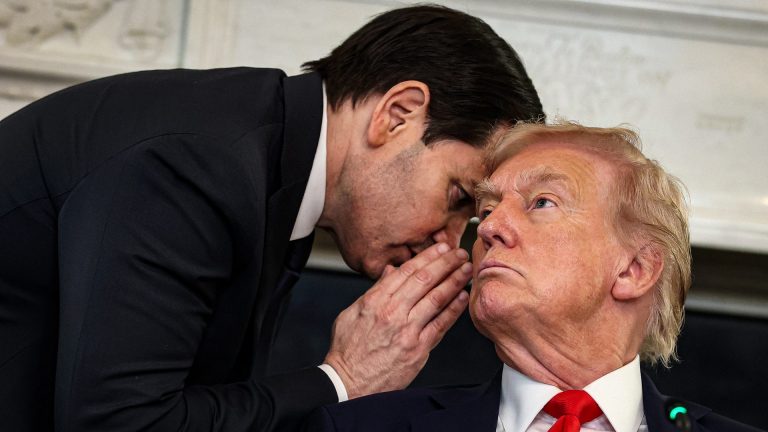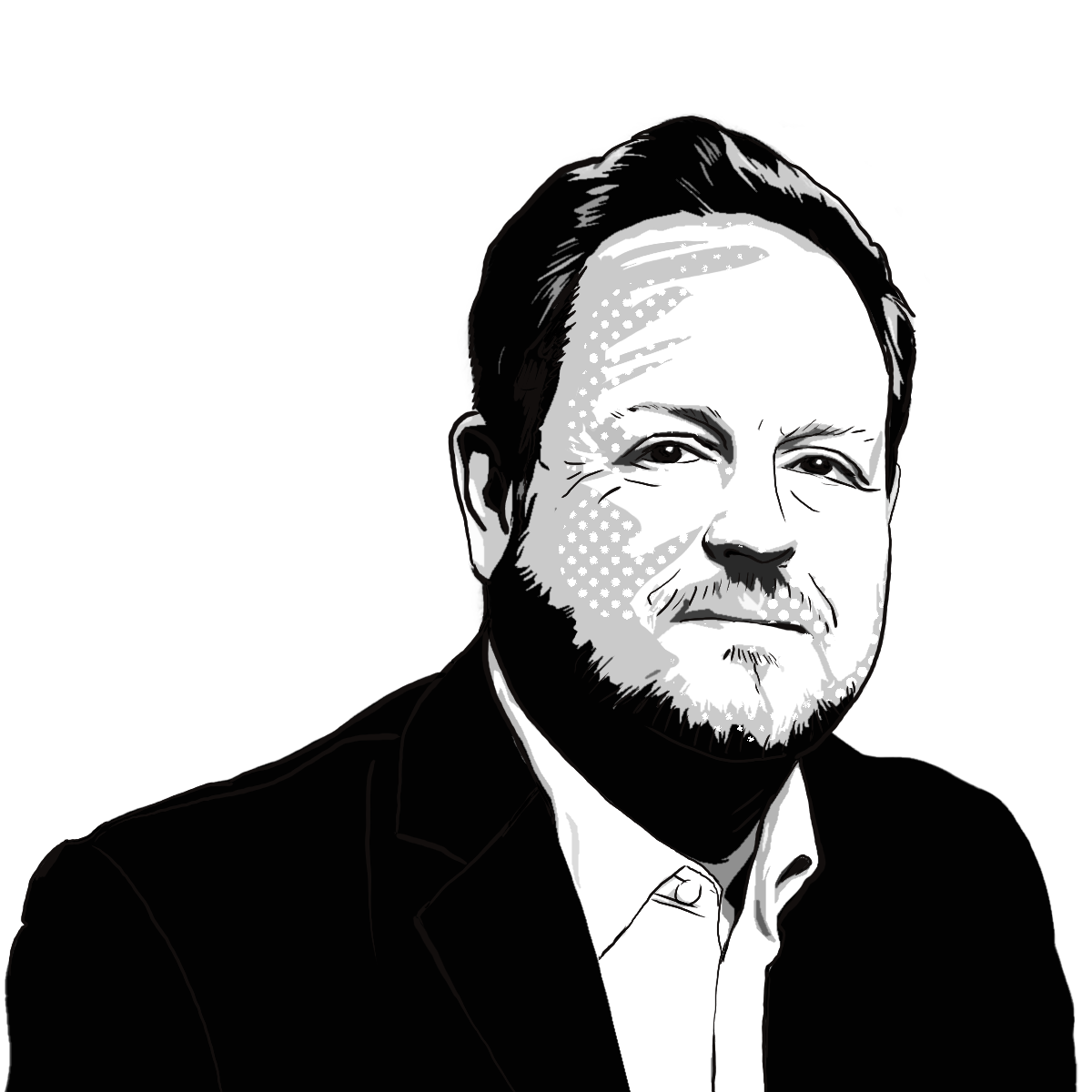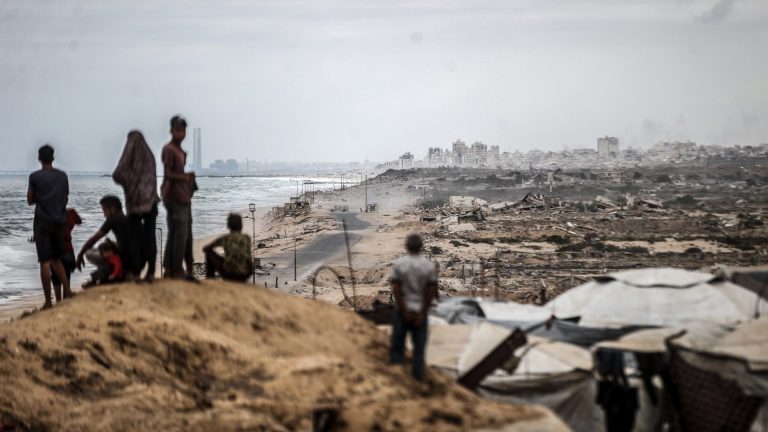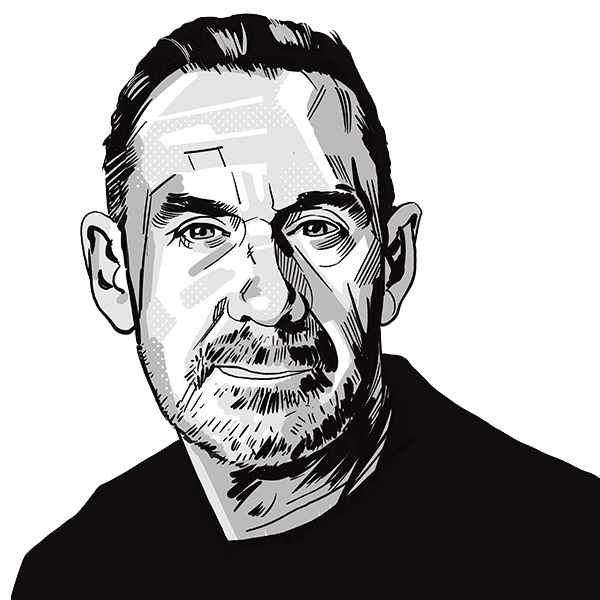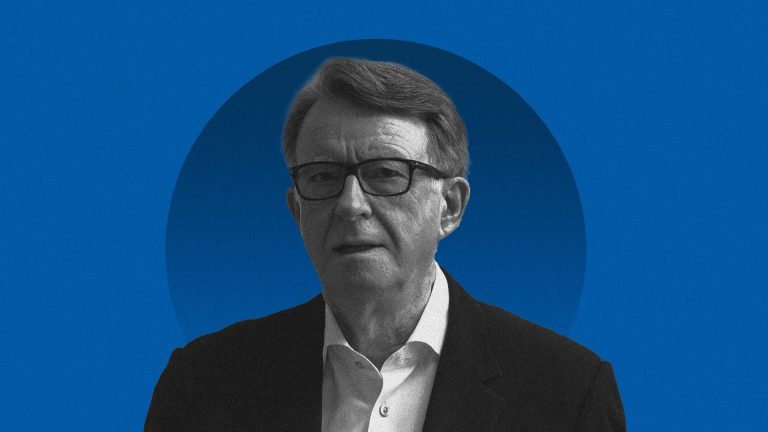“This gentleman wants it to end,” Donald Trump said, indicating Volodymyr Zelensky, “and Vladimir Putin wants it to end. We’re going to get it ended.”
If only diplomacy was as easy as it sometimes appears in the mind of the US president. After a baffling few days of Trumpian diplomacy in which he appears to again have let Vladimir Putin off the hook, the one question on everyone’s lips about ending the war that began when Russia illegally invaded Ukraine on February 24, 2002, remains “how?”
That is what Zelensky wants to know. So do the European leaders who broke their summer holidays to follow him to Washington DC in order to prevent any repetition of February’s disastrous meeting in the Oval Office, and to help Zelensky push back on the Putin talking points spilling out of Trump’s mouth after their worryingly warm meeting in Alaska.
The UK’s Keir Starmer, Italy’s Georgia Meloni, France’s Emmanuel Macron, Germany’s Friedrich Merz, Finland’s Alexander Stubb, EU Commission president Ursula Von der Leyen and Nato secretary general Mark Rutte all had to be at the White House: the stakes for Europe’s security were too high. They will have been pleased with how Zelensky has learned the lessons of February: he smiled, he put on a suit (not a classic one, though), he expressed his gratitude to the US multiple times and he made Trump laugh.
But after a few rounds of one-to-one Trump-Zelensky and multilateral talks, paused by Trump’s 40-minute call to Putin, where is the “how?” Ukraine and Europe are left with no ceasefire, no further sanctions for Russia and no firm security guarantees for Ukraine.
All that seems concrete is a plan to arrange a bilateral meeting between Zelensky and Putin, followed by a trilateral meeting of the two with Trump. But even this has already been misinterpreted by the sides, of which more below.
The legacy of Alaska was clear from Trump’s new line on a ceasefire, which will have come as a bitter disappointment to Zelensky and Europe. Germany’s Merz said he “can’t imagine that the next meeting would take place without a ceasefire.”
But Trump said: “I don’t know that it’s necessary.” He was echoing Putin in Alaska, who said he wouldn’t go for a ceasefire but rather would prepare conditions for the permanent peace deal – but only after his farcical “root causes” of the war were eliminated.
Not only did Trump repeat Putin’s Fawltyesque demand – “don’t mention the ceasefire” – but he reportedly asked European leaders to change their language on it as well, asking them to call it a “truce” or “stopping killing”. Whatever you call it, Putin is not currently doing it.
Russia attacked Ukraine with missiles and drones before, during and after both the Alaska and Washington summits. Without a ceasefire, even on paper, Putin’s hands are untied.
Before Alaska, Trump had said Russia would face further sanctions if it did not agree to a swift ceasefire. Now all of that was forgotten. It got worse; Trump now agreed with Putin that Crimea should be recognised as a part of Russia and ruled out Ukraine joining Nato, repeating the Kremlin’s main narrative. He mentioned “land swaps”, which turned out to mean Ukraine not keeping any significant part of Russian territory. So really, Ukraine was to swap its own land and receive nothing in return.
Another reason for Putin to celebrate was Trump’s call to him in the middle of the Washington DC summit. The very fact that Trump left Zelensky and European leaders waiting for him to call Putin speaks for itself: after applauding him at Alaska, standing on the red carpet, it is clear Trump thinks he has a special relationship with the duplicitous Russian president.
“I think he wants to make a deal. I think he wants to make a deal for me. You understand that? As crazy as that sounds,” Trump told Macron after the call.
Suggested Reading
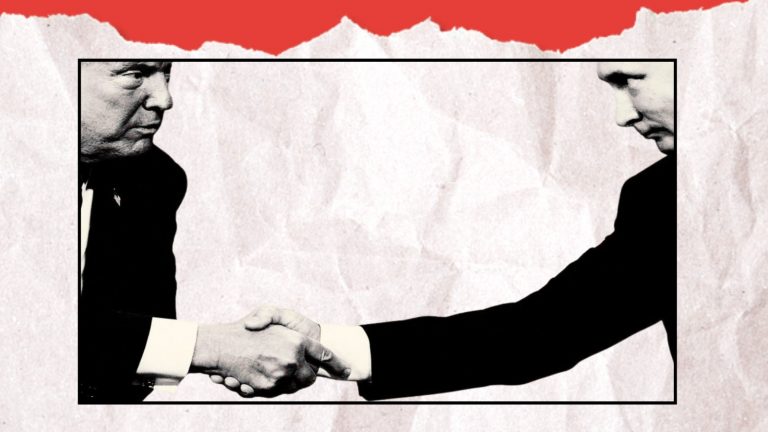
The warm embrace that could freeze Europe
Meanwhile, Putin showed what he really thinks of Trump almost immediately. After the White House declared there would be a Putin-Zelensky meeting, the dictator’s aide Yuriy Ushakov said his boss and Trump had merely discussed “the idea of exploring the possibility of raising the level of representatives of Moscow and Kyiv at the talks”. This is the Kremlin’s usual tactic – but will Donald Trump pay attention to this disrespect, or will he stay obsessed with the “peace deal” to be done by any means?
Another frustration for the allies is security guarantees for Ukraine, discussed but not agreed: Trump initially said the US would be involved, but later on he made it clear those guarantees would be provided “by the various European countries”, while the US will be responsible for “coordination” only. That definitely rules out US boots on the ground but leaves room for manoeuvre over intelligence data sharing, air defence and weapons – not provided by the US for free, but purchased for Ukraine by its European allies.
Part of the security guarantee, Zelensky said later, would involve a $90bn (£67bn) arms deal between the US and Ukraine, providing aviation systems, anti-missile systems “and other things I will not disclose”, as well as a bilateral deal on the US buying Ukrainian drones.
Fixing the details of these security guarantees are now secretary of state Marco Rubio’s task, with a 10-day deadline. European leaders are determined to get the best deal possible. “When we talk about security guarantees for Ukraine, we are talking about the security of all of Europe,” Starmer said, adding that negotiations would continue in Washington DC, with more specialists from Europe to arrive.
Apart from military personnel, Europe says the security guarantee package has to include intelligence, monitoring, air defence and weapons, as well as a system of rapid reaction in case of Russia’s repeated aggression. The trickiest thing is to make those guarantees as “Nato-like” as possible without Ukraine joining Nato.
US negotiator Steve Witkoff has claimed that Putin agreed to “robust” Nato-style guarantees for Ukraine, yet that contradicts Putin’s line on the reasons for this war: he keeps saying Russia attacked Ukraine partly to prevent it from joining the defence and security organisation, so “Nato’s boots would never be on Russia’s ground”.
And after the Washington DC summit, Russia’s foreign ministry said: “We reaffirm our repeatedly stated position on our categorical rejection of any scenarios that envisage the appearance in Ukraine of a military contingent with the participation of Nato countries , which is fraught with an uncontrolled escalation of the conflict with unpredictable consequences”. That does not sound like Putin agreeing to a “robust” EU defence force, with US support, on what the Kremlin considers to be Russian territory.
So Trump has delivered a Putin-Zelensky meeting that the Kremlin says is not confirmed and a supposed plan to pencil security guarantees for Ukraine that is heavily opposed by Russia already. It does not sound like the stuff that wins you a Nobel peace prize.
That remains Trump’s goal, no matter the conditions under which it is achieved. Meanwhile
European leaders want their borders to be safe and the continent to be stable. And Zelensky needs firm security guarantees for Ukraine, and to be able to sell a peace deal to his people (at the moment, 69% favour ending the war through negotiations but 78% are against transferring unoccupied territories to Russia).
What does Putin want? He seemingly wants this war to continue, having won Trump over and defying talk of a ceasefire. He wants to continue bombing Ukraine and grinding further into its territory.
The man who Trump thinks “wants to make a deal for me” showed how serious he was about peace by sending 270 drones, five Iskander-M ballistic missiles and five cruise missiles to Ukraine overnight, from inside Russia territory and from occupied Crimea.
Is Trump going to end the war like this? How?
Nina Kuryata is the Observer’s Ukraine editor

